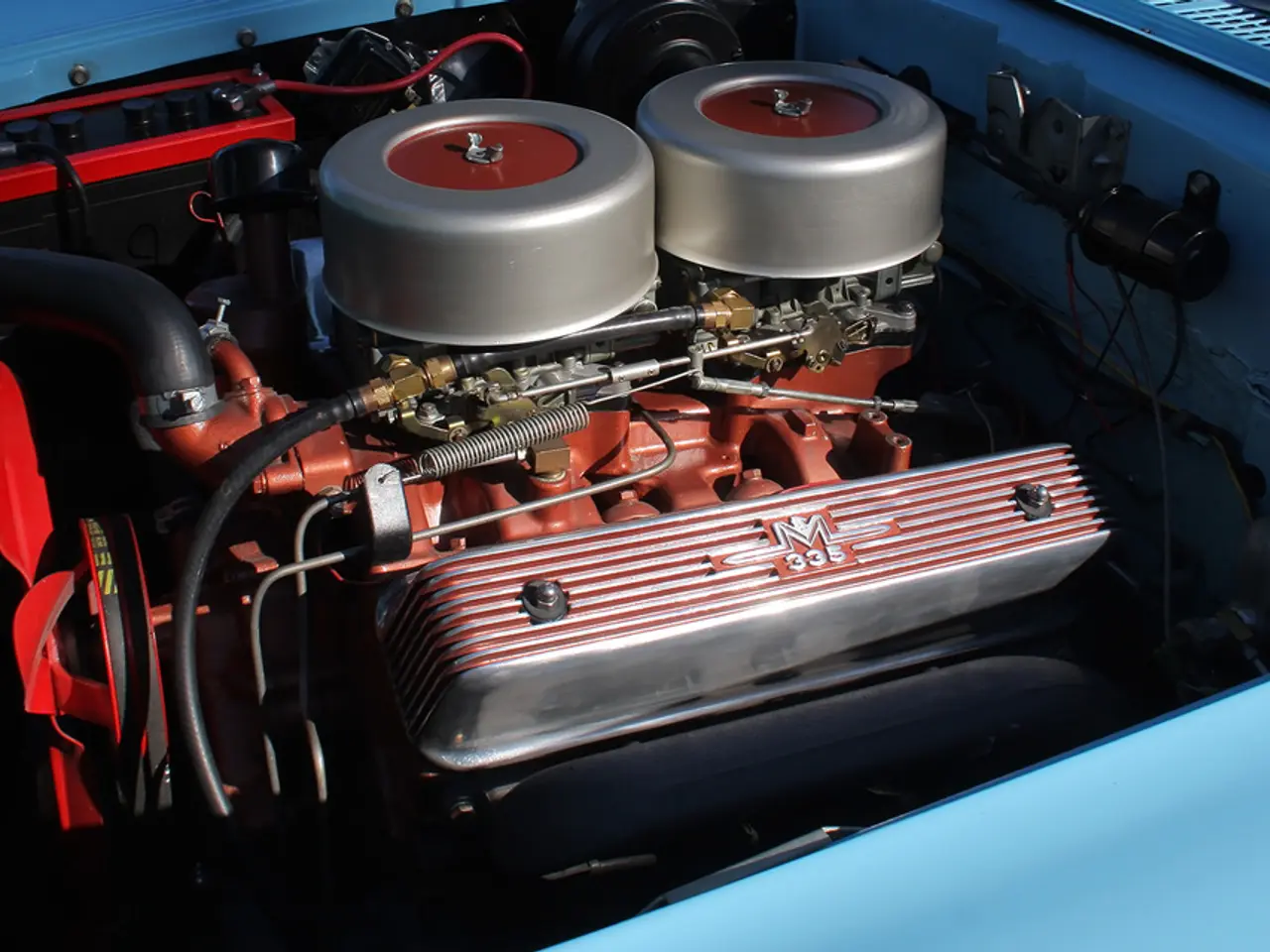Exploring the Realm of Magnetic Brakes: Recent Innovations and Cutting-edge Methods
In the ever-evolving landscape of automotive manufacturing and power distribution, magnetic brake technology is experiencing a significant surge in innovation. Here's an expert overview of the latest advancements shaping this industry:
### 1. Materials Innovation Recent progress in powder metallurgy is revolutionising the production of magnetic brake components, enabling the creation of complex parts with enhanced magnetic properties and durability. Novel materials such as advanced alloys, composites, nanomaterials, and intermetallics are being developed to improve the efficiency and lifespan of magnetic brakes. Additionally, additive manufacturing techniques are being applied to powder metallurgy, allowing for precise shaping and internal structuring of brake parts that optimise performance and reduce waste[3].
### 2. Energy Savings Magnetic brakes, based on magnetic powder clutches or eddy current principles, are becoming more energy-efficient. For instance, adaptive control systems using fuzzy PID controllers have been demonstrated to achieve precise braking force simulation while minimising energy loss through intelligent modulation of magnetic forces[5]. Furthermore, in broader industrial automation contexts, variable-frequency drives (VFDs) and variable-speed drives (VSDs) enhance overall system efficiency by optimising motor speeds and reducing energy consumption, which can complement magnetic braking systems in integrated applications[2].
### 3. Integration with IoT and Automation Systems Magnetic brake technology is increasingly being integrated with Internet of Things (IoT) and automation frameworks. The rise of Microelectromechanical Systems (MEMS) sensors and compact, smart sensor technologies facilitates real-time monitoring and control of magnetic brake systems. Sensors with Bluetooth low energy (BLE) interfaces enable wireless data transmission for diagnostics, performance optimisation, and predictive maintenance. This integration supports smarter braking systems that adapt to varying conditions and communicate within connected vehicle or industrial ecosystems, enhancing safety and reliability[1][4].
### 4. Sustainability Practices Sustainability is addressed through materials innovation and efficiency improvements. Powder metallurgy reduces material waste by enabling near-net-shape manufacturing. Additive manufacturing reduces excess raw material usage and energy during production. Energy-efficient control strategies for magnetic brakes minimise power losses during operation, reducing the overall carbon footprint. These approaches collectively support greener manufacturing and operation of magnetic braking systems in automotive and industrial sectors[3][5].
---
**Summary Table: Latest Trends in Magnetic Brake Technology**
| Aspect | Recent Advancements | Impact | |-----------------------------|----------------------------------------------------|-------------------------------------------------| | Materials Innovation | Advanced alloys, composites, nanomaterials, additive manufacturing in powder metallurgy | Improved magnetic properties, complex part designs, durability | | Energy Savings | Fuzzy PID control in magnetic powder clutches, integration with VFD/VSD systems | Precise braking force, reduced energy loss | | IoT & Automation | MEMS sensor integration, BLE-enabled sensors for real-time monitoring and diagnostics | Enhanced control, predictive maintenance, connectivity | | Sustainability Practices | Waste reduction via powder metallurgy, energy-efficient operation and manufacturing | Lower environmental impact, resource efficiency |
These trends reflect a convergence of advanced materials science, smart control algorithms, and connected sensor technologies, pushing magnetic brake systems toward higher performance, adaptability, and environmental responsibility in 2025 and beyond.
Robust customer support platforms for magnetic brakes provide installation, troubleshooting, and continuous training for maintaining optimal brake performance. Navigating magnetic brakes effectively equips users with the tools to tackle today's industrial challenges and prepares them for tomorrow's demands.
The advancements in materials science, such as the use of advanced alloys, composites, nanomaterials, and additive manufacturing in powder metallurgy, are not only revolutionizing the production of magnetic brake components but also improving their magnetic properties and durability, thus contributing to the science of magnetic fields.
In the context of technology, the integration of magnetic brake systems with Internet of Things (IoT) and automation frameworks, including MEMS sensors and compact, smart sensor technologies, facilitates real-time monitoring and control, thereby enhancing the performance of these systems and supporting the development of smart, efficient, and sustainable technologies.




